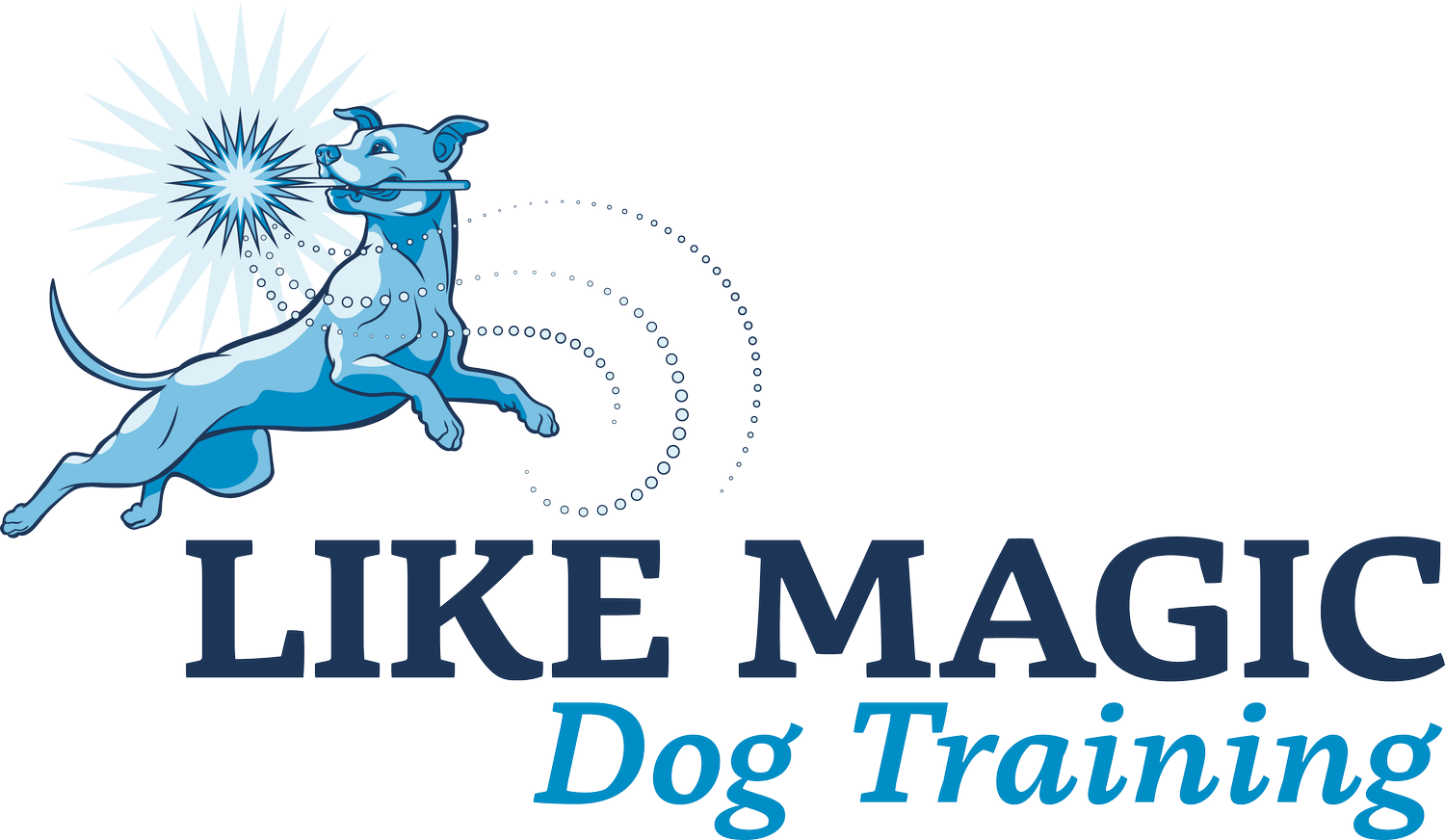When Will My Dog Be Trained? Part 2
If you’ve trained with me, you’ve probably heard me say “add distance!” at some point when talking about a scenario where your dog has lost focus and reacts undesirably to the environment around them. This is because once you change your training environment, you’re adding distractions that your dog may or may not be ready to cope with up close. Once you’re aware of the internal factors playing into your dog’s ease of training, the next thing to consider is the external, and how to increase challenge levels gradually to see success in your training. Naturally, the degree to which environmental factors affects your dog focus will depend a lot first on their temperament and interests!
Familiar vs. Novel
A few weeks ago I wrote about how virtual training has benefited me and my dog as a learner. It remains a challenging adjustment as a trainer - requiring me to flex my verbal coaching skills without once taking over the leash myself - but the opportunity to work with only familiar stimuli has been phenomenal for the dogs in their grasp of foundational behaviors. Not only do they learn more quickly, but they are learning more thoroughly because they are not distracted by novel experiences. In their own home, your dog only has you to focus on - you are the novel experience, working with them in a new way. In the great outdoors, especially a new trail or around new people - even in a new classroom - your dog has to work twice as hard for even straightforward behaviors. This has been the great advantage of virtual classes - nothing is novel in the environment, not even a new trainer (who smells like treats) to be distracted by. Dogs in virtual training classes have grasped behaviors more quickly and more fluidly than those in in-person classes. The great challenge of training classes virtually is, to me, coaching students through how to adjust to those more distracting environments and how to approach the distracted dog when I can’t be there in the moment to talk them through it.
Indoors vs. Outdoor
Why do teachers say no to that ever popular question: “Can we have class outside?” As a child, I thought it was a gross injustice that the question was so rarely answered in the affirmative. As an adult - and definitely as a parent - I 100% understand. It is SO much easier to concentrate indoors. This factors into the above familiar vs. novel - but even a familiar outdoor space (like a backyard) is going to have more potential for adventure than an indoor space. Consider that indoors, there are visual barriers - walls - relatively nearby. There’s a limit to how far the dog can easily see, smell, and hear. All of these expand when in an outdoor space. Training your dog to focus on you at a threshold, and then just beyond it, can help them learn to move smoothly from an indoor space to an outdoor one.
Whimsical photo courtesy of The Adventure Zone podcast and what I hear in my head every time I use or hear the phrase “Unlesssss…” - which, did you know, The McElroys inflection and use of this directly impacted the similar Hamilton lyrics?
No, this caption has had nothing to do with dogs.
Crowded vs. Peaceful — and the element of SURPRISE
We’re in a good rhythm now - so peaceful spots are always easier to train than crowded, right? Well, mostly. In general a place with limited novel experiences (this all ties together doesn’t it) is going to be an easier spot to train than outside. UNLESS. Unless your dog something does pop up in that peaceful spot that your dog has adapted to. A large amount of distraction can soon become background noise - but a quiet field that suddenly has one dog barking in it - BIG distraction. Remember to consider the element of surprise and likelihood of a distraction being amplified when building a behavior to train.
As you progress through your training, consider all of these elements as factors in how long it may take for your dog to learn a given behavior. Start in easier environments and gradually progress to the harder ones - if your dog can’t focus in a given environment, take steps to adjust one of these elements of the environment to make the job easier for them. This will be impacted by the internal factors mentioned last week, and the handler-centered factors in the coming weeks.
That’s right - it’s not over yet! After looking at the dog and their world, the next thing that matters is looking at the other end of the leash - the consistency and engagement of your dog’s handlers.

